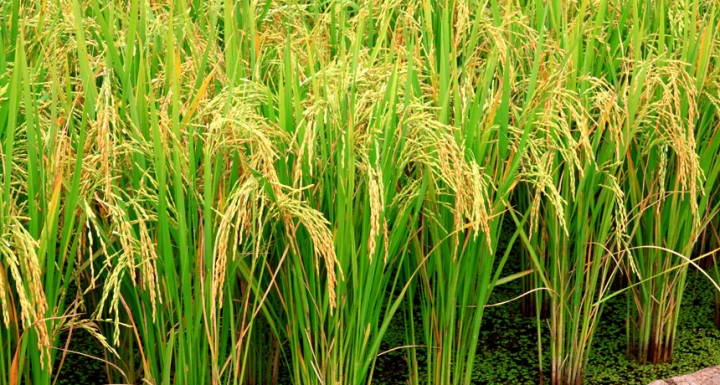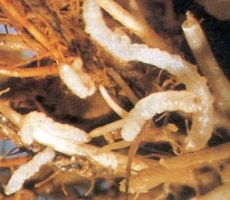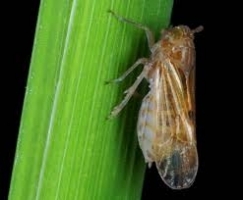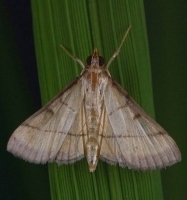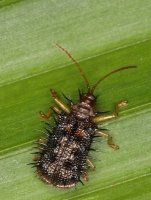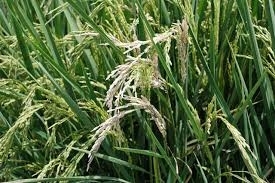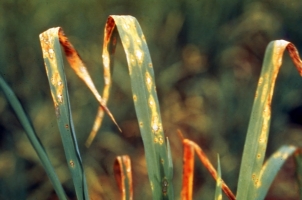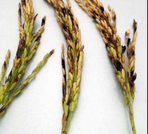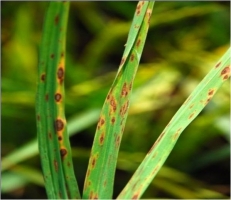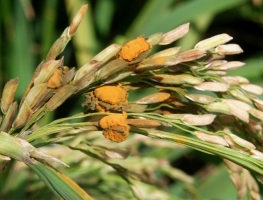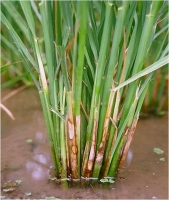Short Duration variety
Phule Radha: Ready to harvest in 115-120days. Grains are medium thick, short. Gives average yield of 16-18qtl/acre.
Ambika: Ready to harvest in 110-115days. Grains are long. Gives average yield of 7-8qtl/acre.
Terana: Ready to harvest in 90-100days. Grains are long. Gives average yield of 8-10qtl/acre.
Parag: Ready to harvest in 110-112days. Grains are long. Gives average yield of 6.8-8qtl/acre.
Ratna: Ready to harvest in 115-120days. Grains are long, thin. Gives average yield of 16-18qtl/acre.
Ratnagiri 1, Ratnagiri 24, Ratnagiri 711
Karjat 3, Karjat 7, Karjat 4, Karjat 184
Medium Duration Variety
Jaya: Ready to harvest in 125-130days. Grains are long, thick. Gives average yield of 18-20qtl/acre.
Phule Maval: Ready to harvest in 125-130days. Grains are long, thick. Gives average yield of 18-20qtl/acre.
Phule Samrudhi: Ready to harvest in 125-130days. Grains are long, thin. Gives average yield of 18-20qtl/acre.
Phalgarh - 1: Ready to harvest in 125-130days. Grains are medium, thick. Gives average yield of 18-20qtl/acre.
Long Duration Variety
Masuri: Ready to harvest in 140-145days. Grains are long, thin. Gives average yield of 18-20qtl/acre.
Ratnagiri - 2: Ready to harvest in 140-145days. Grains are short and thick. Gives average yield of 18-20qtl/acre.
Karjat 2: Ready to harvest in 140-145days. Grains are long, thin. Gives average yield of 18-20qtl/acre.
Scented Variety
Indrayani: Ready to harvest in 135-140days. Grains are long, thin. Gives average yield of 16-18qtl/acre.
Basmati 370: Ready to harvest in 130-135days. Grains are long, thin. Gives average yield of 12-14qtl/acre.
Bhogavati: Ready to harvest in 135-140days. Grains are long, thin. Gives average yield of 18-20qtl/acre.
Aviskaar: Ready to harvest in 80-85days. Grains are long. Gives average yield of 12-14qtl/acre.
Sugandha: Ready to harvest in 110-115days. Grains are long. Gives average yield of 18-20qtl/acre.
Hybrids
Sahyadri 5: Ready to harvest in 140-145days. Grains are long, thin. Gives average yield of 24-26qtl/acre.
Sahyadri 3: Gives average yield of 26-28qtl/acre.
Sahyadri 1: Gives average yield of 26-28qtl/acre.

